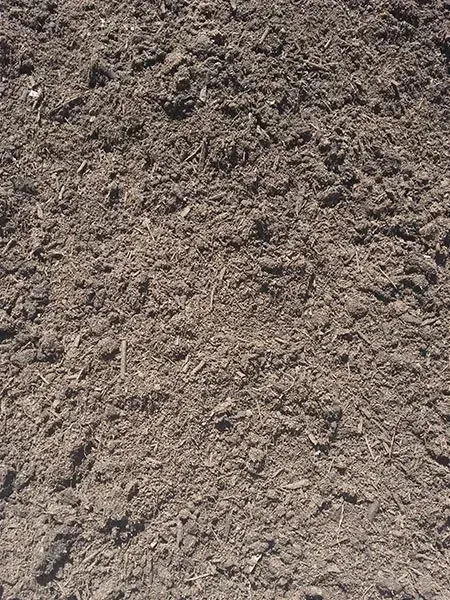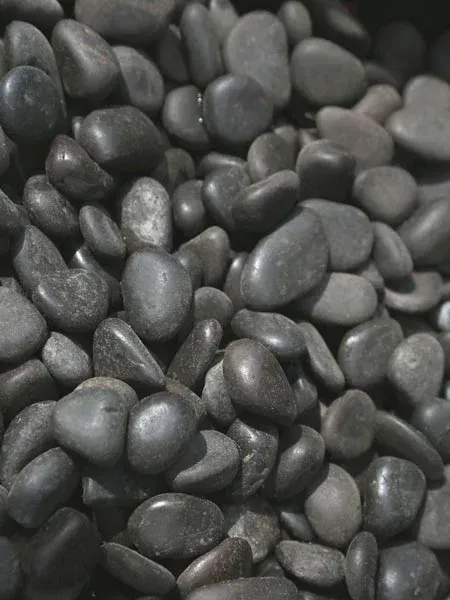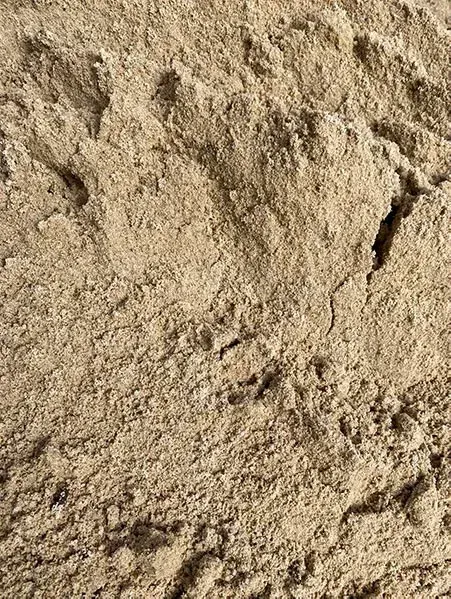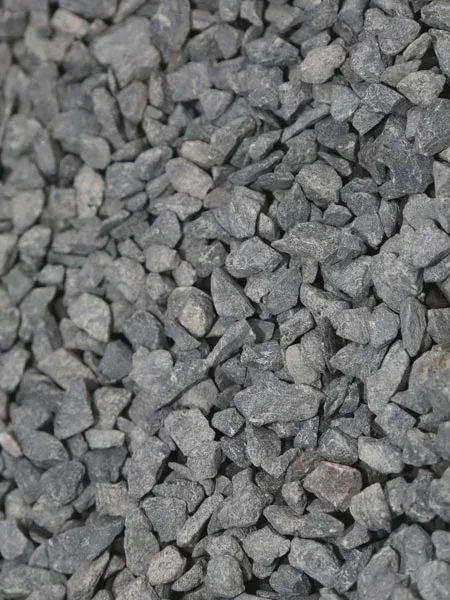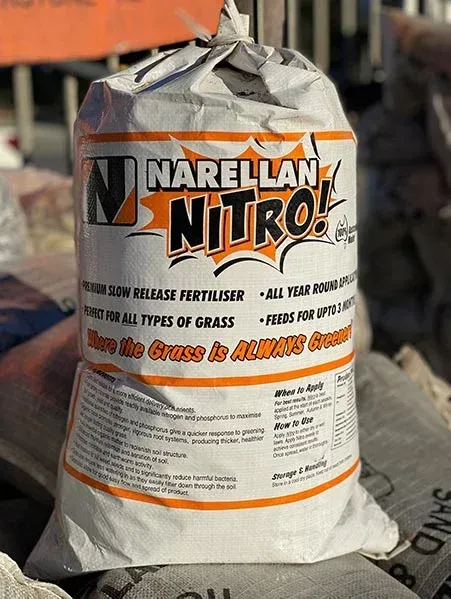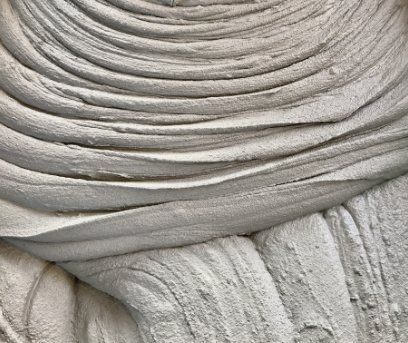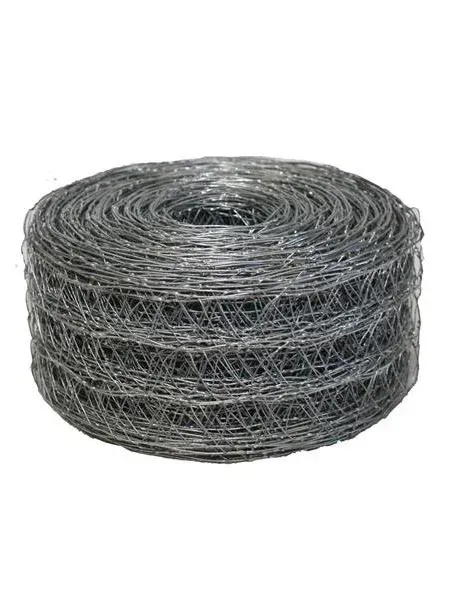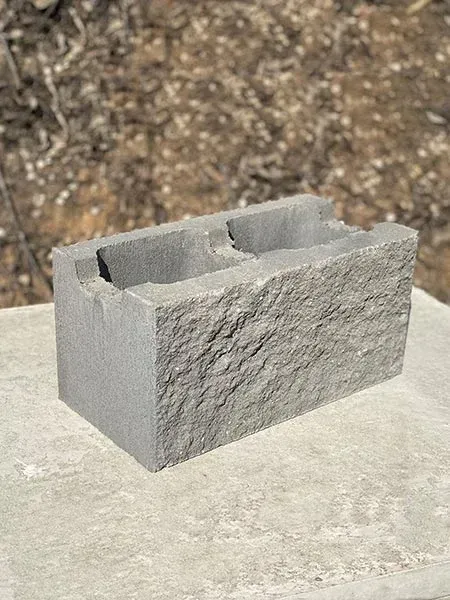When it comes to construction and landscaping projects, proper compaction is essential for ensuring stability and durability. Choosing the right sand for compaction plays a crucial role in achieving the desired results. In this blog, we will explore the best sand for compaction and provide insights into related questions about compaction and soil improvement.
The key to effective compaction: well-graded sand
Effective compaction requires a
well-graded sand, which means it contains a balanced mix of different-sized particles. The best sand for compaction is often a combination of coarse and fine particles. This type of sand allows for better interlocking, resulting in increased stability and reduced settling over time. It offers optimal drainage while still providing the necessary strength.
Choosing the right sand for compaction
When selecting sand for compaction, consider the following factors:
Particle size: Opt for sand with a mixture of coarse, medium, and fine particles to promote interlocking and enhance compaction.
Angularity: Sands with angular particles tend to interlock better, leading to improved compaction compared to rounded particles.
Moisture content: It's important to maintain the correct moisture content in the sand during compaction. Too dry, and the particles won't bind properly; too wet, and it may become unstable.
Uniformity: Look for sand that has consistent particle sizes throughout, as this ensures even compaction.
Contact Narellan Sand, Soil & Garden Supplies
Choosing the best sand for compaction is crucial for the success of your construction or landscaping project. Opting for a well-graded sand with a mix of coarse and fine particles will provide the stability and durability you need. If you're looking for
high-quality sand and landscaping supplies, consider
reaching out to Narellan Sand, Soil & Garden Supplies. Their expertise and wide range of products can help you achieve outstanding results.

